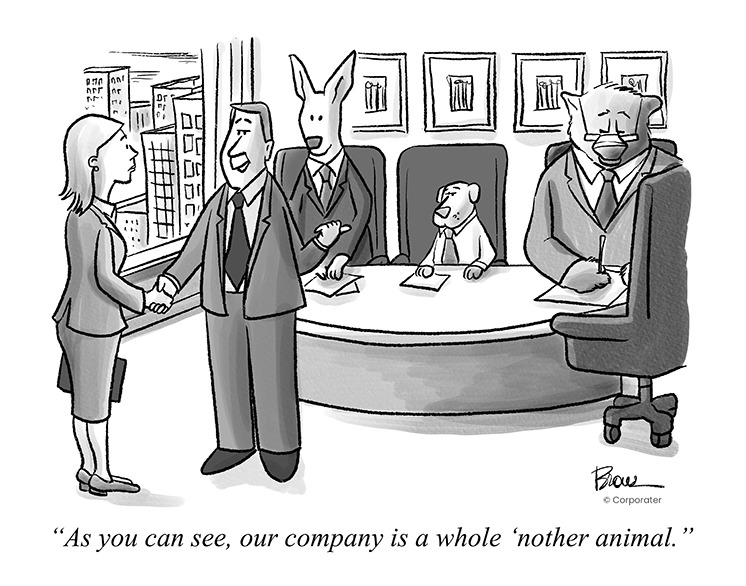
It’s now been over two decades since one of us (Tor Inge) started working with software systems for business management. In his earlier days, Tor Inge worked as a practitioner, and the last twenty years as a CEO for a software company developing business management solutions. Over the years Tor Inge has received hundreds of requests for proposals (RFPs) from various customers. Many of these requests were well put together with thought-out questions related to the business need at hand; however, only a few of them focused on what can be observed in most businesses today — deviations, exceptions, and abnormalities.
As you run your business, you may feel it’s very structured — organizational processes are in place and all data, goals, reporting hierarchy, and so on, can be rolled up and down perfectly. However, if you take a closer look, you will likely find instances where there are exceptions.
Let’s look at some examples of typical exceptions:
- All indicators should be used by all departments — except one department.
- All limits indicating red, yellow, and green should follow this rule — except for this entity.
- All numbers should be aggregated up to total group — except for this unit.
- All KPIs should have initiatives attached to them — except for these KPIs.
- All reports should have this specific info attached — except this kind of report.
- All initiatives should have a monthly follow-up frequency — except for these months.
When it comes to how businesses are structured and operated, exceptions are the rule. Every business is unique and full of exceptions that should be considered during an RFP process. Skipping this step is what’s causing problems for many businesses today. “Our system is not made for that exception, but we can maybe fix it” is the typical response you’d receive from a software vendor as the workaround development cost starts piling up.
So, the next time you find yourself drafting an RFP for a business management software, ask how exceptions are dealt with. If a vendor doesn’t have a good answer, go with someone else.
Quick Tips:
If you want to find the right software vendor, you must explain your challenge clearly and ask the right questions. Here are key questions to address in your next RFP.
Tell the vendor:
- What business challenge(s) you are trying to solve
- What software (if any) you are currently using
- What the technical and/or organizational exceptions are that need to be considered
- What the must-have features and functionalities are
The better the respondents understand your request, the more accurate proposals you’ll receive.
Ask the vendor:
- How does your solution solve our business challenge(s)?
- How long does it take to implement your solution?
- Does your solution integrate with existing systems?
- How do you accommodate customer requests for additional functionality?
- How do you manage software maintenance and upgrades?
- Does your company supply dedicated tech support?
- What are the tiers of support and response times? And what are the hours of operation?
The more specific questions you ask in your RFP, the better you’ll be able to select a vendor that fits your specific requirements.
Next, schedule workshops with your shortlisted vendors. If possible, do this in person. Challenge the vendors with questions about exceptions specific to your business and ask them to demonstrate their answers live in the system. Seeing a live demo of the vendors’ technology and testing it for yourself are the most important steps in the vendor selection process.

